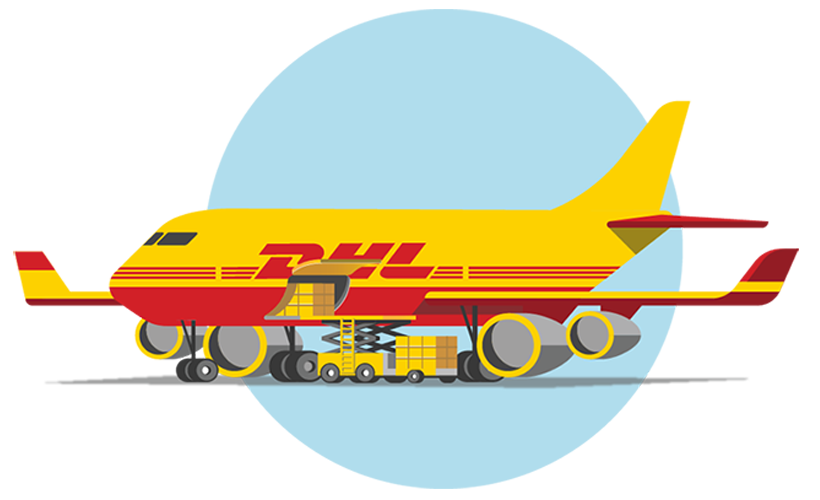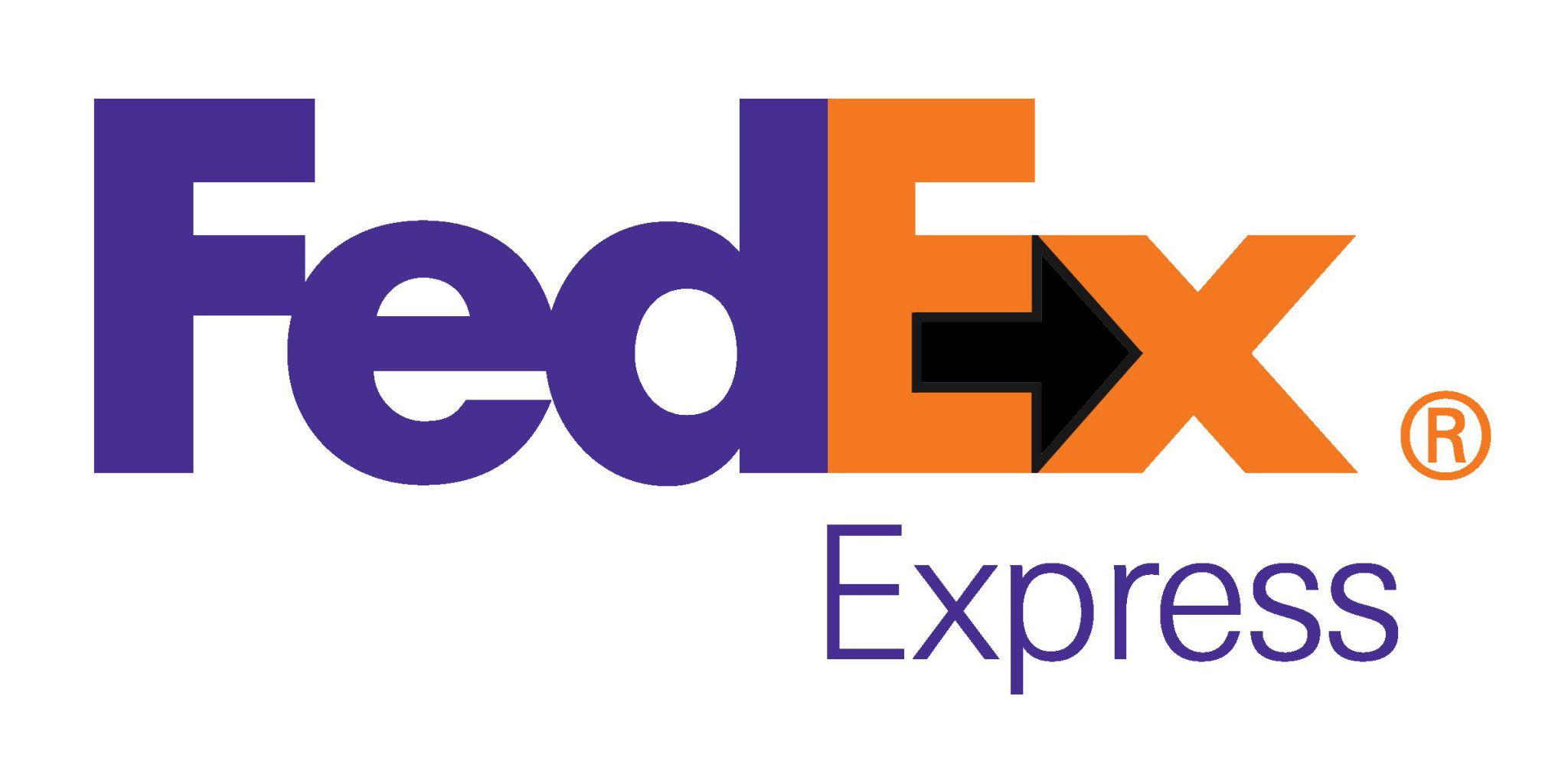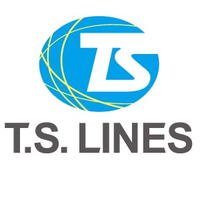Of course, this assumption doesn’t hold as well in a bear market as in a bull market. Still, knowing the overall long term trend of the market and its special traits, could provide traders and investors with some clues on how to deal with support and resistance lines. Technical analysis focuses on market action — specifically, volume and price. When considering which stocks to buy or sell, you should use the approach that you’re most comfortable with. Also, many target prices or stop orders set by either retail investors or large investment banks are placed at round price levels rather than at prices such as $50.06.
As you can see, the 61.8% Fibonacci resistance level acts as resistance and prompts the price action to change its course. A resistance level is best likened to an upper ceiling trading limit, above which the financial instrument won’t rise. Traders perform technical analysis to identify where the buyers may face challenges during an uptrend. In an uptrend, the price can form higher highs and higher lows; in a downtrend, the price makes lower lows and lower highs.
FAQs of support and resistance trading
In the chart above, we can see that the market is continuously supported by the 50-period EMA, which acts as the support level. A horizontal line is drawn when the price stops or reverses in the same price area spyoff vpn review on two occasions in a row, a horizontal line is drawn, showing the market is struggling to break past that area. If it is a strong trend, the price will bounce off this trendline and continue to move in the same direction – look for any entries in line with the trend. This sort of price behavior is often a consequence of market psychology and herd mentality, and when the majority of the market participants react to the price movements.
How to find support and resistance levels?
But a technician will clearly see on a price chart a level at which supply begins to overwhelm demand. As outlined above, support and resistance levels are important price points identified to help us predict future market moves. By simply connecting two or more important price points based on past performance, we identify horizontal support and resistance levels. Below, we will share the most commonly used technical indicators for finding support and resistance levels. Using Fibonacci retracement levels is one of the best ways to spot potential resistance and support levels and conduct a precise technical analysis to know the best entry, exit, and target prices. Several technical analysis indicators can be used to help identify the most important levels of support and resistance to speculate on where the prices might retrace.
- Then, once you’ve plotted the trendlines onto your chart, your uptrend line will be the support level, while the donwtrend line will be the resistance level.
- It often happens that both levels become psychological barriers for traders, as they tend to buy or sell once a level is reached.
- It is defined by particularly sudden and rapid movement with increased momentum, which creates opportunities for profit.
- Resistance is the level at which supply is strong enough to stop the stock from moving higher.
- Some of these indicators include trendlines, Fibonacci numbers, horizontal lines, and moving averages.
Fibonacci retracements are ratios of a price swing that tend to act as support and resistance levels. When looking at daily charts, especially in stocks and market indexes, the 200-day moving average is quite likely to act as support in a bullish trend. This is because the 200-day moving average tends to be under the price graph in bearish trends, and above in bullish trends. If you’ve traded before, you’ve probably been through all of these scenarios and experienced the emotions and psychology behind them. We use horizontal support and resistance levels that played a part in the past to identify a profit-taking level.
How to Find Support and Resistance Levels
Because so many orders are placed at the same level, these round numbers tend to act as strong price barriers. For example, as you can see from the Newmont Corp. (NEM) chart below, a trendline can provide support for an asset for several years. In this case, notice how the trendline propped up the price of Newmont’s shares for an extended period of hiring devops-ingenieur time.
However, such large firms have large quantities of shares that cannot be sold in one order. Therefore, they use to place many different orders at slightly different levels around the target price. Often, these vast quantities of shares coming out on the market act as a barrier for further price increments. Markets are driven by humans, who in turn are very reliant on their emotions. A price chart, to a large degree, is a representation of emotions such as optimism, greed, fear, and pessimism. When market participants buy and sell stocks or other securities, in many cases, the driving force will be emotions and not solid, rational facts.
Horizontal trend lines are one of the most commonly used technical indicators. In ranging financial markets, how to start a forex brokerage firm your 5 step guide the price action tends to bounce off horizontal support and resistance levels until a break occurs. When the market is trending, it means that it’s either rising or falling for a longer period of time.
What is more, you always need two or more swings in one zone for the zone to be valid. Michael decides to look at yearly price and volume data graphically visualized on a chart. He noticed that the price of Apple stock peaked at $160 over the last year; therefore, the $160 is its resistance level. He also saw that the price didn’t drop below $119 over the past year, which is then the support level. This guide will explain what support and resistance levels are, how to accurately identify them, bring some examples, and list special considerations when using support and resistance.
Traders make decisions based on emotions such as fear, greed, optimism, and pessimism. Support and resistance levels represent zones where these emotions lead to shifts in supply and demand. Using Highs and lows to draw support and resistance zones is very common among traders. Supports are established at previous lows, and resistances at previous highs. On the other hand, when the market is trending to the downside, traders will watch for a series of declining peaks and will attempt to connect these peaks together with a trendline.

























